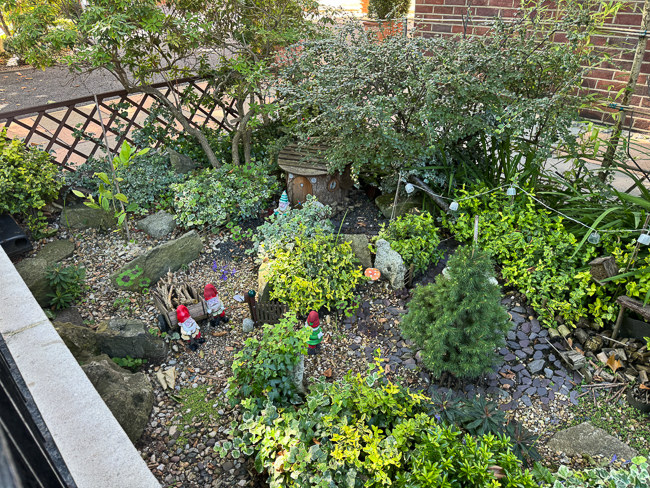July 2024
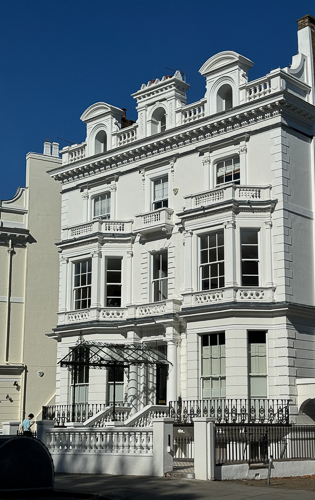
Holland Park is an area of Kensington, surrounds its namesake park, Holland Park and colloquially referred to as ‘Millionaire’s Row’ as it is one of the most expensive areas of London.
Sir Walter Cope built Cope Castle, which was a Jacobean mansion hidden in the woods of Holland Park, around 1605-1608. Sir Walter Cope was Chancellor of the Exchequer During the reign of King Charles I. The building was designed by John Thorpe and the estate’s gardener was John Tradescant.
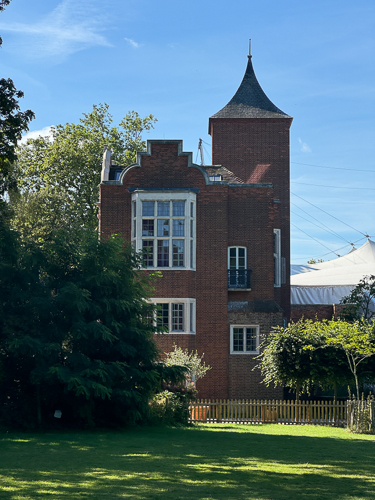
Remains of Cope Castle – now a youth hostel.
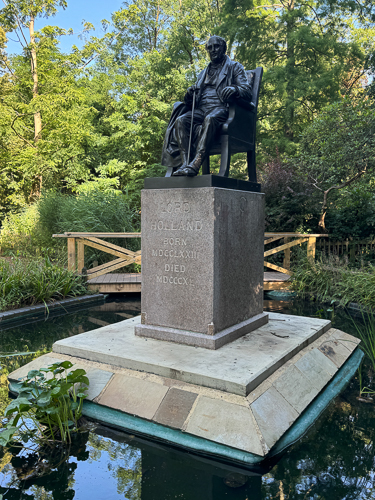
Henry Vassall-Fox, 3rd Baron Holland
During the time of Lord Holland, Holland House became the political and social hub, drawing in some of the famous names of the time. Visitors to Holland House included such notables as Writer Charles Dickens, Prime Minister and politician Benjamin Disraeli, the poet Thomas Campbell, writer Walter Scott, poet Lord Byron, and historian & poet Lord Thomas Babington Macaulay.
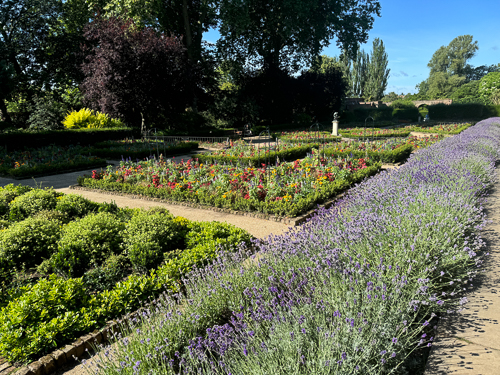
The Dutch Garden of Holland Park
The park is vast, including the famous Kyoto Garden; sadly, we were just walking through the park.
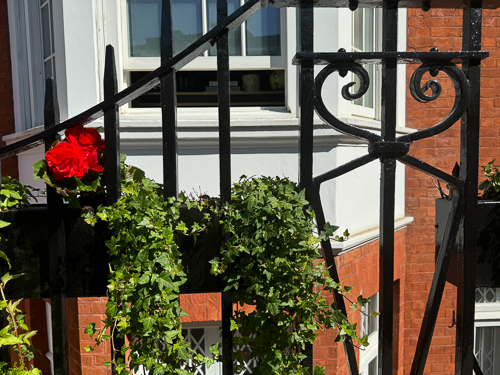
Holland Park Circle
The Holland Park Circle was an informal group of 19th-century artists based in the Holland Park district.
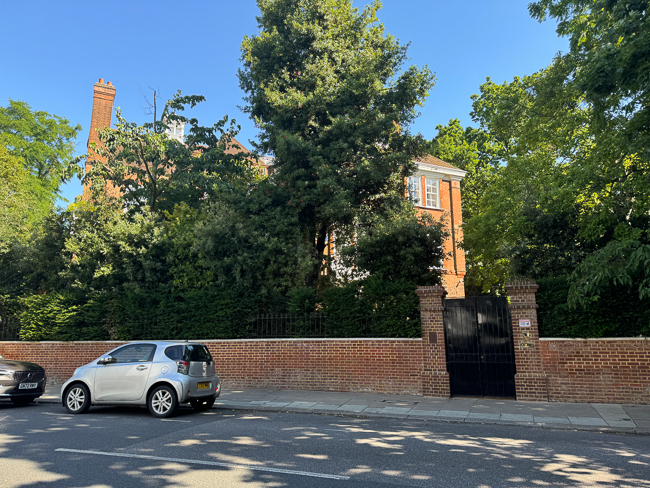
Woodland House
Artist Luke Fildes commissioned Richard Norman Shaw to create Woodland House. Fildes is best known for his 1891 painting The Doctor, which depicts a Victorian doctor observing the critical stage of a child’s illness while the parents look on helplessly. It has been used to portray the values of the ideal physician and the inadequacies of the medical profession.
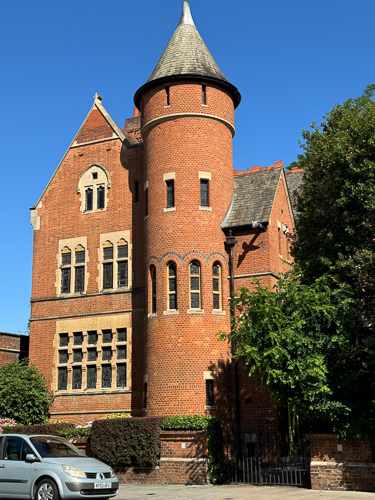
Tower House
The architect and designer William Burges built this late-Victorian townhouse in the Holland Park district as his home. Designed between 1875 and 1881 in the French Gothic Revival style, it was described by the architectural historian J. Mordaunt Crook as “the most complete example of a medieval secular interior produced by the Gothic Revival, and the last.”
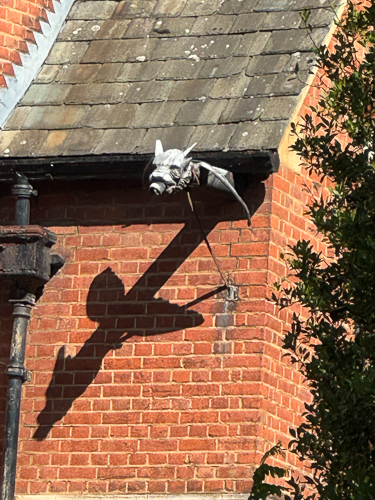
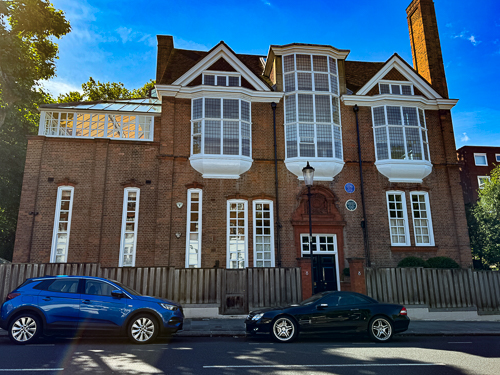
8 Melbury Road
8 Melbury Road was built in the Queen Anne style by the architect Richard Norman Shaw for artist Marcus Clayton Stone. Marcus Stone was trained by his father, Frank Stone, and began to exhibit at the Royal Academy before he was eighteen. He found success in illustrating books by Charles Dickens, Anthony Trollope, and other writers who were friends of his family.
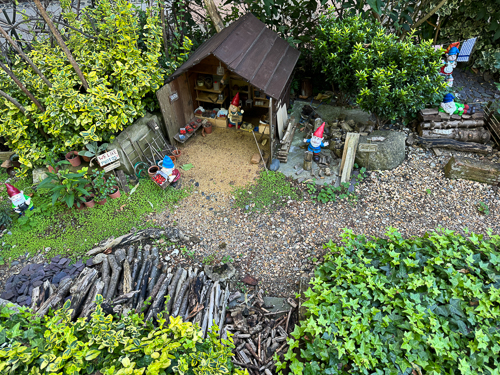
Standing admiring the homes of Fildes and Burgess, I spotted this long frontage, perfectly designed as a gnome village. I wondered how the feuding Robbie Williams ( Fildes Home) and Zeppelin guitarist Jimmy Page (Woodland Tower) felt about it.
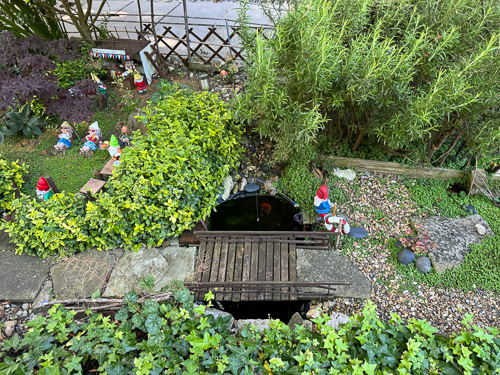
*